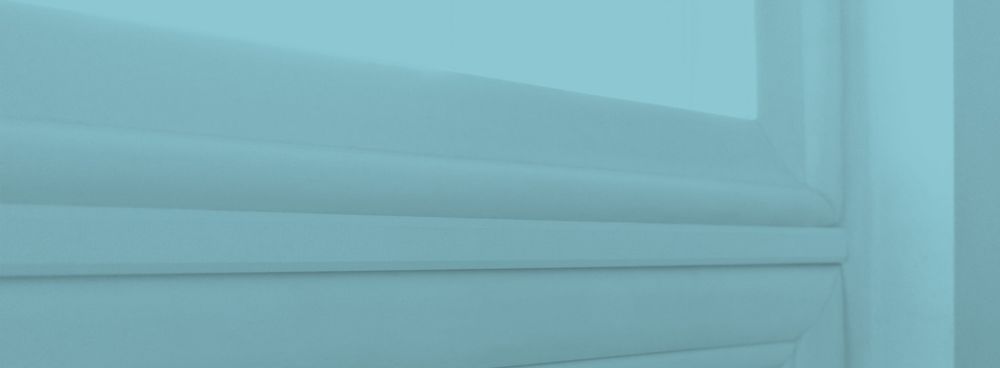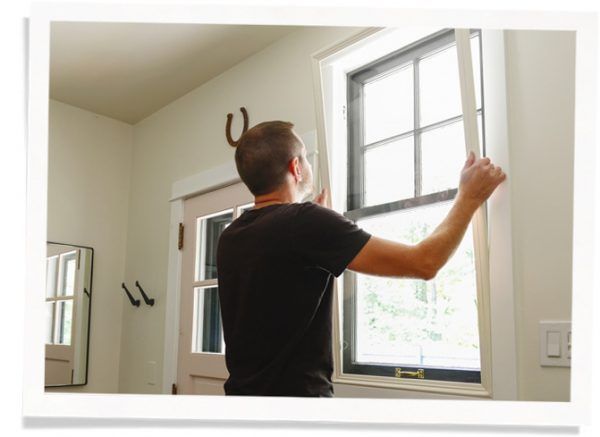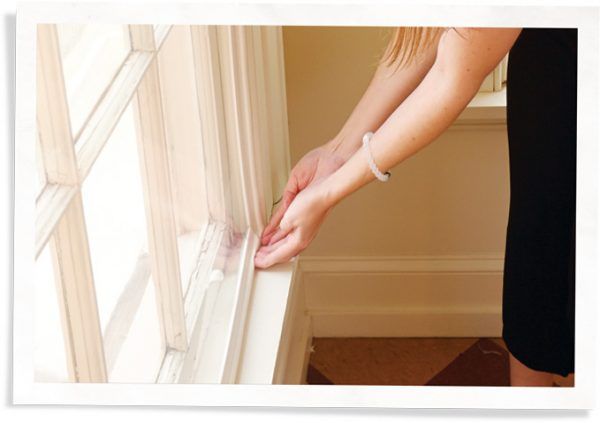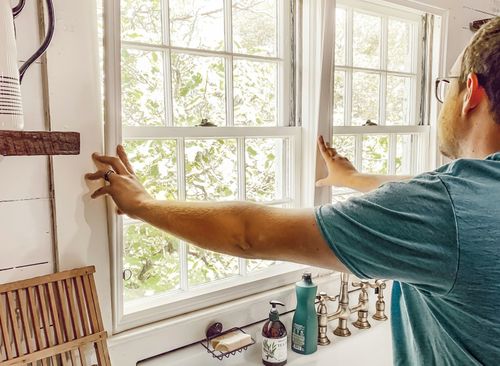Annette L
5 Stars ⭐️⭐️⭐️⭐️⭐️


In a world that’s getting noisier every day, peace of mind is becoming more valuable — and yet harder to find. Whether it’s the city traffic outside your doorstep or the noisy freeway a hundred yards from your backyard, it can seem impossible to find a quiet place even within your own home. That’s where soundproofing comes in.
Soundproofing isn’t always a cheap remedy, but it is always a worthy one. Let’s review what soundproofing is, a few different soundproofing methods, and finally, which soundproofing method meets the best balance between staying under budget and getting the job done.

In order to answer that question, we need to examine what soundproofing is meant to protect against: noise pollution. Not as obvious as light pollution and not as scary as air pollution, noise pollution is easily overlooked as just another side effect of urban living. However, noise pollution poses significant health risks that should not be ignored.
Studies have shown that consistent loud noise can lead to increased stress and subsequent heart problems. According to the National Center for Biotechnology Information (NCBI), noise pollution causes sleep disturbances, cognitive impairment among children, and even tinnitus. We all know how just one bad night’s sleep can ruin a day, so imagine struggling to sleep every night due to noisy disturbances (if you’re reading this, you probably don’t have to imagine).
The windows of your home are the main vectors for noise pollution. A thin layer of glass can’t block out nearly as much sound as a brick wall or a roof.
One-time fixes like noise complaints might work for loud block parties or for the aspiring musician living on the floor above you, but you can’t file a noise complaint against an airport, garbage truck, or city traffic. At the end of the day, noise pollution isn’t going to go away anytime soon, but that doesn’t mean there isn’t a solution. That’s where soundproofing comes into play.
Soundproofing can be one of two things: keeping unwanted noises from getting inside your home or neutralizing the unwanted noises that are already inside your home. Respectively, these two different methods are sound reduction and sound absorption. Once you’ve determined which method you need, you can choose the best soundproofing materials to pair with the most effective method.
Sound reduction, the most popular goal, means keeping noise out. To achieve that goal, soundproofing your windows is the key, and there are three options.
All of these options are perfectly valid in terms of keeping the noise out, but they do have their drawbacks. Let’s go through them and compare their prices and efficacy.
For many people, a full window replacement is one option that’s often suggested: just buy the best and forget the rest. However, assuming that you’re upgrading to double-panes, not counting installation, a full window replacement will cost up to $600-$800 dollars per window. And window replacement isn’t always the best option.
When factoring in installation, soundproof windows cost upwards of $1,000. Houses with non-standard windows can incur even higher prices for reinstallation because the replacement windows and frames will need to be custom-made. The good news is that, when all is said and done, you will have some sound cancellation for your home (though there are options that provide better soundproofing) — though your wallet will be much lighter.
Soundproof curtains are a tempting option for many homeowners. They satisfy that do-it-yourself crave, they’re easy to install, and they’re cheap, usually running in the $50-$200 range. Sound-canceling curtains are not nearly as effective as inserts or replacement windows in terms of blocking sound, but they are more versatile.
Soundproof curtains can be moved around the houses to trouble spots when needed. They can also be hung directly on the walls and function as sound absorbers. If you’re looking to put some padding between your daughter’s garage band and your home office, these just might do the trick.
The only big downside with curtains is that, well, they’re curtains. When they’re closed, they block out sound but also natural light. You can always open the curtains to let in more light, but then you’ll be letting in the sound, too.

Window inserts are the unsung heroes of soundproofing materials, and they’re very simple to install. As the name implies, you just insert them within the window frame behind the existing window pane. They can be moved in and out of position with ease, and certain brands like Indow offer up to 70%* sound reduction in addition to added insulation — saving you energy and money.
Window inserts are far cheaper than full-on replacement soundproof windows. They typically cost about $30 per square foot, equaling around $350-$450 per window, but they can be installed by the buyer and are easily measured to fit any frame in your home. Ultimately, window inserts are not a middle-of-the-road compromise, but a fusion of the adaptability of soundproof curtains with the soundproofing abilities of replacement windows.
If you are worried about the cost of a window insert, consider what you are willing to pay per day for the benefits of reduced stress levels and improved sleep. Divide the total cost of the window inserts by the time you spend in the space. And if you share the space with one or more people, divide by each person. The result is a tiny daily cost that greatly enhances your daily life and happiness.
You can also consider the overall value of your home. Homes with noise issues are much harder to sell (and sell for smaller amounts) than a home with noise controlling window inserts.
If you think installing window inserts is the right method for you, there’s no smarter or greener choice than Indow. We align our prices around the needs of our clients and the wellbeing of our employees. You can work with an Indow expert to review your environment and get solutions that will be effective for your specific space.
Head over to our homepage today, get a free estimate on window inserts, and discover just how much peace of mind window inserts can buy.
*We want to ensure our inserts help solve your noise problem. Overall noise reduction depends on the amount of noise coming through your walls, ceilings, floors, doors, and existing windows. Noise reduction will be less when placed over double-pane windows. Read our full Noise Reduction Sheet to learn more.
Request a Free Estimate. We'll provide you with a preliminary estimate based on your basic window dimensions. It's quick and easy!
Measure your windows with our easy-to-use laser measurement kit. We'll guide you through the simple process, ensuring a perfect fit.
Customize your inserts to match your needs and your aesthetic, with tubing colors that seamlessly blend into your space.
Transform your space with custom-crafted inserts shipped directly to your home, ready to fit perfectly in your windows.
You're one step closer to creating more comfort & quiet in your home.
To receive a customized estimate for your space or learn more about how Indow inserts can improve the comfort, quiet, & efficiency of your home, fill out the fields below.

We value safety and privacy. We will never share, sell, or rent your data to third parties not directly related to your purchase or consideration of our products. Read our full policy here.
Indow has insulated more than 23,000 buildings - helping reduce carbon emissions by nearly 200,000 tons - and creating comfort across the US & Canada!
Everything fit. Installation was easy. I ordered almost 40 Indows and NO problems: clean, clearly marked for installation placement and can’t wait to NOT freeze this winter! Martin and Matt were beyond helpful!